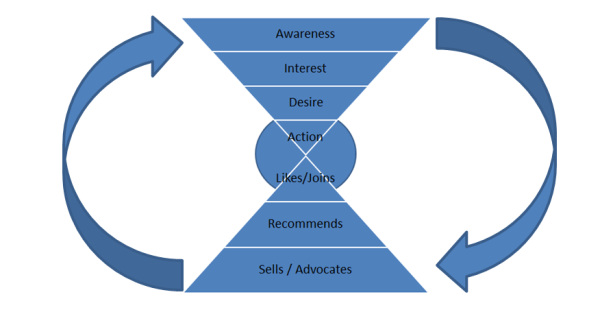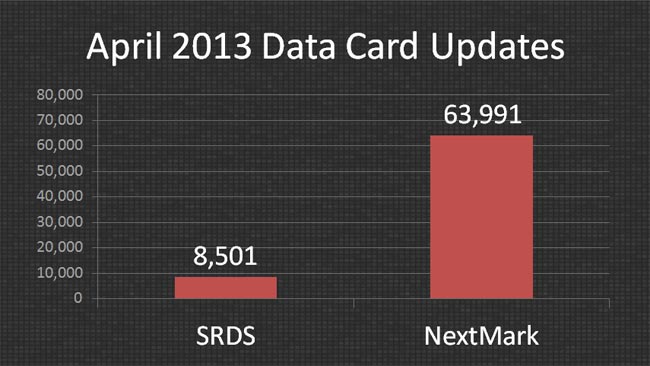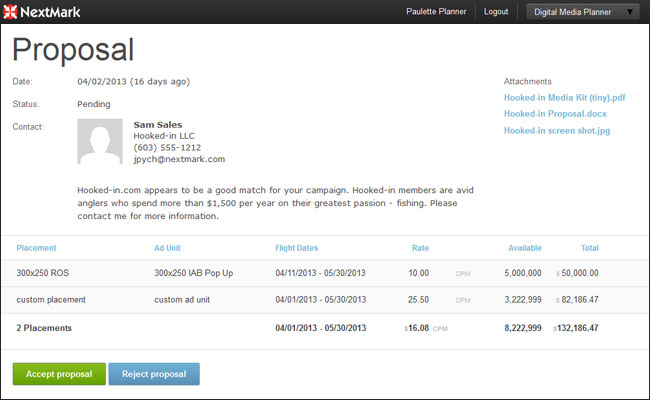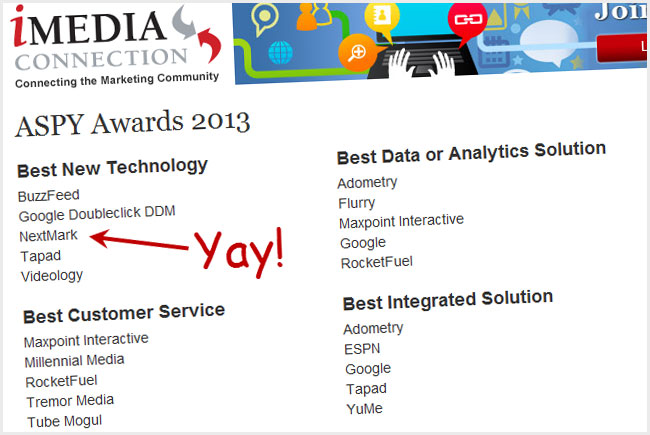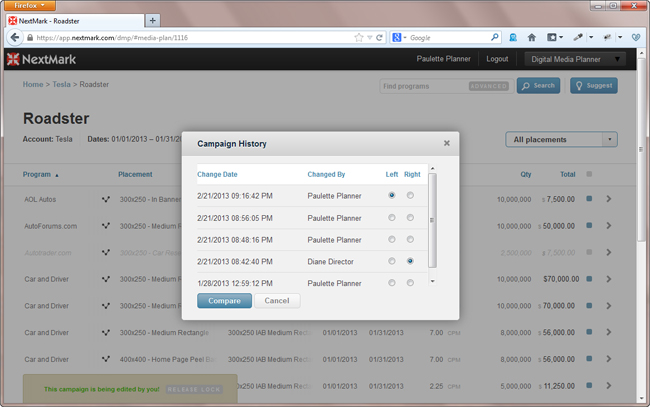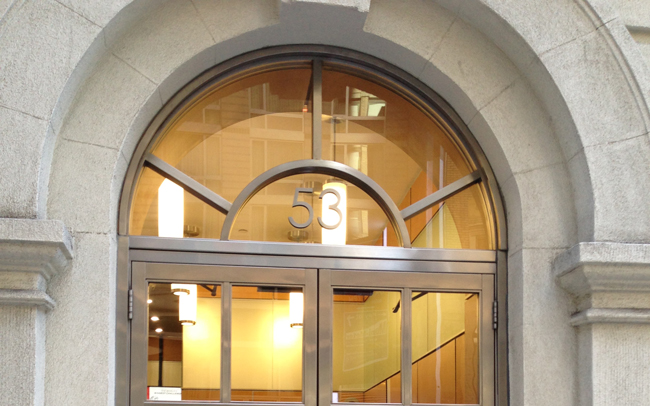Lately, I’ve been thinking a lot about the hourglass funnel. Most funnels stop at the thin bottom, when a customer “drops” out, having made the journey through awareness, interest, desire and action. After the “action,” or purchase, the customer gets put into a CRM to be included in more traditional marketing outreach efforts, such as calls, e-mails, and catalogue mailings. In the past, marketers often thought about how to turn customers into advocates, but couldn’t figure out how to do it at scale. Companies that were really good at multi-level marketing, like Amway, didn’t have easy-to-replicate business models.
Today, the situation has changed. Social-media platforms give marketers tools to engage customers in their CRMs and bring them back through the bottom of the funnel, turning them into brand advocates — and maybe even salespeople. This is why Salesforce has been snatching up social-media companies like Radian6 and Buddy Media, while Oracle bought Vitrue and Involver. These platforms can help get people talking about your brand– and, in turn, you get to listen to what they have to say. These platforms also can help you understand what it takes to get your customers to move from liking your page to actively sharing your content and to actually recommending your products and even selling them as an affiliate.
The ad-tech revolution of the last several years has supercharged our ability to drive people through this hourglass-shaped funnel. But instead of enabling this movement, we have instead – for the most part — focused on wringing efficiency out of reaching the customers we’re already very close to getting. For example, programmatic RTB makes it easy to bid on people in the “interest” layer, who behave like existing customers. Additionally, it’s a no-brainer to retarget those customers who have already expressed “desire” by visiting a product page or your website. And technology also makes it increasingly easy to invite customers already in your CRM to “like” your Instagram page, or to offer them incentives to “recommend” products through social sharing tools.
But what about the very top of the funnel (awareness) and the very bottom (advocacy)? Those are the two most critical parts of the marketing hourglass funnel, but the two least served by technology today. While we have tools to drive people through the marketing process more quickly or cheaply, technology doesn’t create brands or turn social-media fans into brand advocates.
However, the right strategy for both ends of this funnel can still boost awareness and advocacy by creating a branding vortex that is a virtuous circle. Let me explain:
Awareness
You can’t start a customer down the sales funnel without making he or she aware of your product or service. Despite all of the programmatic promise in display, technology mainly emphasizes reaching our known audience most efficiently. It simply hasn’t yet proven that it can create new customers at scale. That’s why TV still gets the lion’s share of brand dollars. Cost-effective reach, pairedwith a brand-safe, viewable environment, is what TV supplies.
In my opinion, the digital answer for raising awareness is starting to look less and less like programmatic RTB and more like video and “native” formats, which are more engaging and contextually relevant. Also, new programmatic direct technologies are starting to make the process of buying guaranteed, premium inventory more measurable, efficient and scalable.
Programmatic RTB advocates will argue that you can build plenty of awareness across exchanges, but it’s hard to create emotion with three IAB standard units, and there still isn’t enough truly premium inventory available in exchanges today to generate a contextual halo for your ads. New “native” display opportunities, video and tablet advertising are where branding has the biggest impact. Adding those opportunities to social tools, such as Twitter and Instagram, would help you leverage your existing brand advocates and amplify your message.
Advocacy
Great digital branding at the “awareness” level of the funnel not only helps drive potential new customers deeper into the sales funnel, but also can help engage existing customers. This amplification effect is extremely powerful. Old-school marketers such as David Sarnoff understood that folks make buying decisions through their friends and neighbors. He also understood that, when you’re trying to sell the next big thing (like radio), you have to leverage existing media (print). Applied to digital marketing, this simply means leveraging awareness media — TV, video and “native” advertising — to stimulate word-of-mouth advertising, which is still the most powerful type. By using Facebook and other social sharing tools, the effect of any campaign can grow exponentially in a very short period of time. This virtuous circle of awareness media influencing brand advocates, who then create more awareness among their own social circles, is something that many marketers miss when they lead their campaigns with data rather than with emotion.
Everything In Between
I’m not saying that marketers can simply feed the top of the funnel with great branding and ignore the rest. That’s not true at all; the middle of the funnel is important too. I think it’s relatively easy, nowadays, to build a stack that also helps support all the hard work that brands are doing to create awareness. Most large marketers reinforce brand efforts with “always on” programmatic RTB that targets based on behavior, and all brands employ as much retargeting that they can buy. Once customers are in the CRM, it’s not hard to maintain a rewards/loyalty program, and messaging to an existing social fan base also is relatively simple.
But marketers are making a mistake if they think that this kind of programmatic marketing can replace great branding. With so many different things competing for customers’ attention, capturing it for more than a second is extremely difficult, and the challenge is only going to get harder.
The Datalogix Effect
So what does all this mean for for ad technology? The best way to think about this is to look at theDatalogix-Facebook partnership. Datalogix’s trove of customer offline purchase data essentially enables brands to measure whether or not all their social-ad spending resulted in more online sales. A few studies have pretty much proven that media selling soap suds on Facebook created more suds sales at the local Piggly Wiggly. In fact, ROI turns out to be easy to calculate, as well as positive.
This type of attribution seems simple, but I don’t think you can overstate its impact. It’s the way we finally move from clicks and views to profit-optimization metrics such as those offered by MakeBuzz. And this method of tying online activity with offline sales is already having a vast impact on the ecosystem. It shows, beyond doubt, that branding sells product.
Getting the attribution right, though, means that brands are going to have to care about creative and content more than ever. It means big wins for video, “native” ad approaches, and big tentpole marketing campaigns. If quality premium sites can be bought programmatically at scale, then it may also mean big wins for large, traditional publishers.
It also likely means that many retargeters, programmatic RTB technologies and exchanges could end up losing in the long run. Don’t get me wrong: These technologies are needed to drive the “always on” machine that powers the middle of the funnel. But just how many DSPs and exchanges does the industry need to manage its commoditized display channel?
As marketers realize that they are spending money to capture customers that were going to convert anyway, they’re likely to focus less on audience targeting and more on initiatives to create new customers — and turn existing customers into advocates.
[This post originally appeared in AdExchanger]
